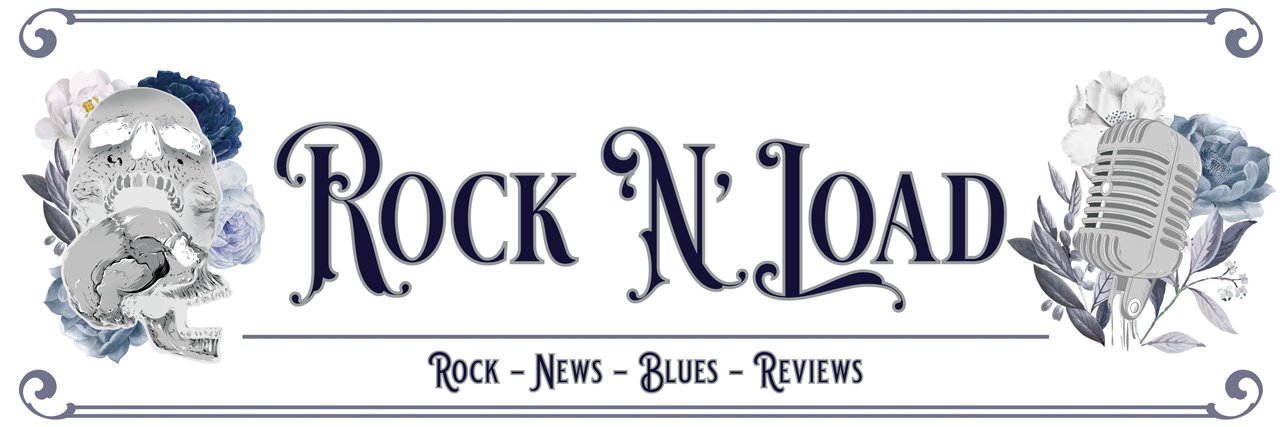From a structural perspective, In the Hope This Finds You is a masterclass in cohesion. Each of the ten tracks connects fluidly into the next, continuing Lonesome’s signature approach to continuity and flow. When the trilogy is played in the order of release – EP, single, then full album – it becomes one unbroken musical and emotional arc. However, the band offers alternate configurations, like splitting In the Hope This Finds You into halves and inserting the debut EP in between, achieving a similarly uninterrupted experience. Even more compelling is the album’s ability to loop infinitely: both the first and last tracks begin with the same ambient drone, allowing the cycle to repeat endlessly – both musically and thematically mirroring the emotional loops explored in the lyrics.
The track-listing itself reads as a sentence, turning the album into a kind of poetic statement:
“Liar, save your words – can you hear me when I speak to you? You say it’s love; we are sleepless. Am I failing myself, for we are strangers again? You are nothing, just like you wrote to me.”
This single, haunting sentence encapsulates the album’s tone: intimate, accusatory, longing, and reflective.
Visually and conceptually, the album centres around two characters: the anonymous figure and the main protagonist. The anonymous figure, with their identity concealed beneath a red sheet, represents the personification of deceit – an embodiment of misdirection and the lies we tell ourselves or others.
In contrast, the main protagonist is depicted through the use of two symbolic symbols: a blindfold and a crown. The blindfold signifies a state of unawareness – being blind to the truth or refusing to see what is directly in front of you – while the crown represents acceptance, evoking imagery of surrender and understanding, much like the biblical parallel of Jesus accepting his fate with the crown of thorns. These visual elements trace a journey from deception to self-realisation, underscoring the emotional progression woven throughout the album.
Lonesome’s intertextual songwriting strengthens this sense of connectedness. The track Liar, for example, references and subtly contradicts a line from To Myself, From Myself, not only lyrically but melodically. The echo of “Forget the life you had. There was nothing for you” plays against “Remember who you are. Whom your mother made you,” suggesting a shift from a place of grounding to one of detachment. Similarly, Like You Wrote to Me functions as both a lyrical and thematic callback to the band’s origin, referencing the EP’s format – a letter to one’s past self – thus closing the loop that began at the very start.
Ultimately, In the Hope This Finds You is less an album and more a final chapter in a self-contained sonic novel. It is built on layered continuity, narrative recursion, and emotional honesty. By embedding callbacks, alternate listening paths, and symbolic characters, Lonesome invites listeners not just to hear the music, but to live inside it – and perhaps, to find themselves reflected in its echo.
In the Hope This Finds You dares to ask: Can love survive the truth? Each song doesn’t just search for an answer – it lives inside the question.




